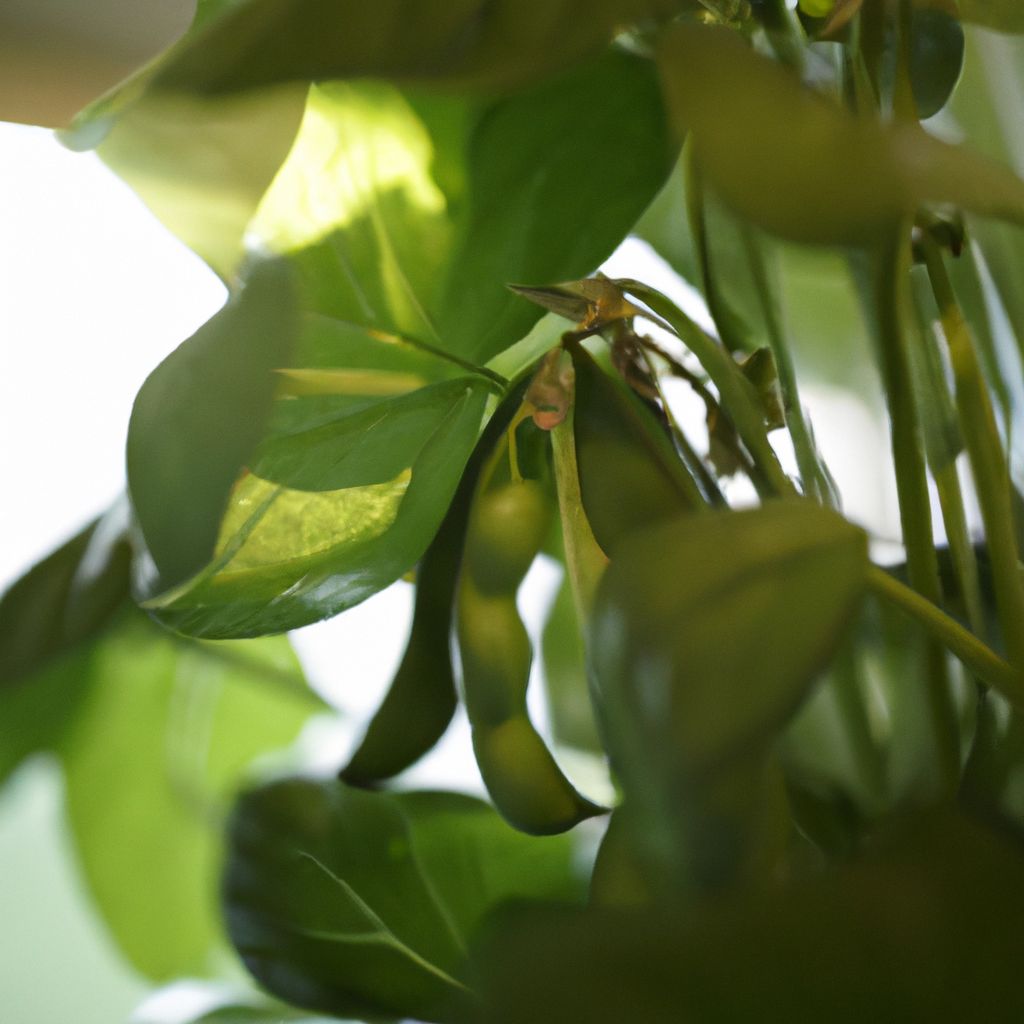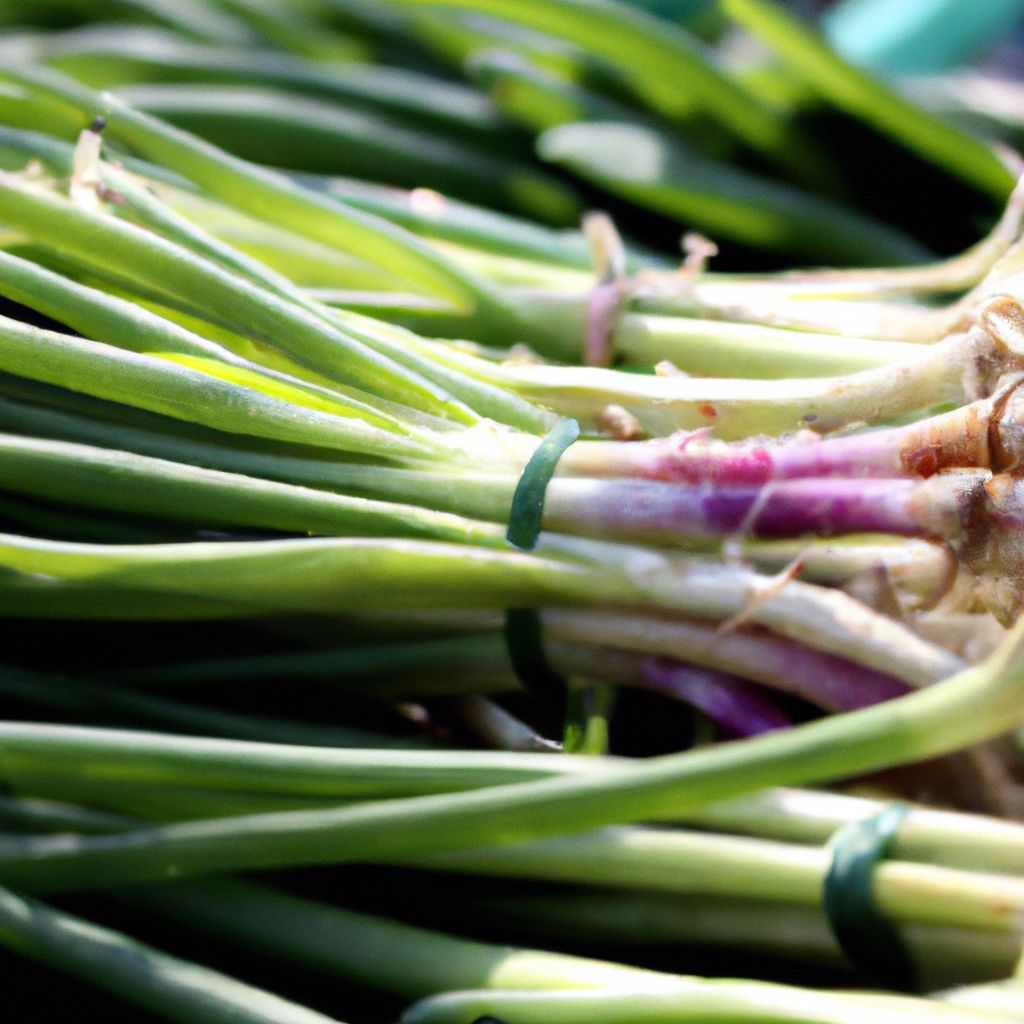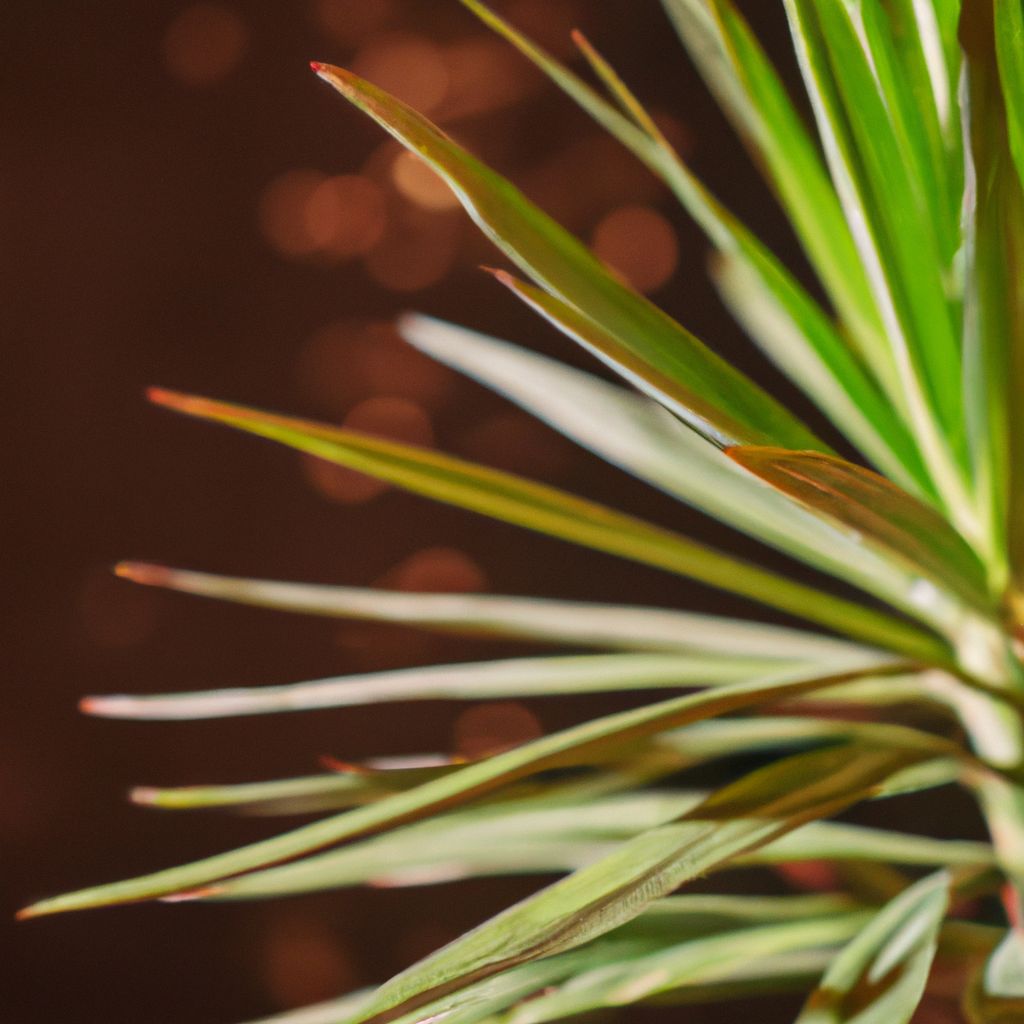Fava beans, also known as broad beans, are nutritional powerhouses worthy of a spot in your backyard garden. These hearty beans are packed with protein, fiber, and essential vitamins and minerals. Growing fava beans at home provides a bountiful harvest of delicious, fresh beans to enjoy in many recipes. With some preparation and care, you can successfully cultivate these protein powerhouses in your own garden.
Start Growing Fava Beans at Home!
Fava beans offer many benefits that make them a fantastic choice for home gardens:
- Excellent source of plant-based protein: Fava beans contain around 26 grams of protein per 100 grams, providing substantial protein for vegetarian/vegan diets.
- Rich in fiber, vitamins, and minerals: In addition to protein, fava beans provide dietary fiber, folate, vitamin B6, vitamin K, iron, magnesium, and manganese.
- Fix nitrogen in soil: Fava beans have a symbiotic relationship with bacteria that converts atmospheric nitrogen into a usable form for plants, enriching soil.
- Versatile in recipes: Fava beans can be incorporated into salads, soups, dips, pasta dishes, and more to enhance nutrition.
- Satisfying gardening experience: Growing your own food is rewarding and connects you to nature.
- Reliable harvest: Homegrown fava beans provide a steady supply of fresh beans all season.

Select the Ideal Growing Conditions
Fava beans thrive in full sunlight and prefer loose, well-draining soil. Before planting, choose a sunny location and amend the soil with compost or manure to enrich fertility and drainage. The ideal pH range for fava beans is 6.0-7.0. If rainfall is insufficient, opt for raised beds to improve drainage.
Sunlight Needs
- Requires full sun – at least 6-8 hours of direct sunlight per day.
- Choosing a spot that receives morning sun is ideal.
- South-facing planting sites are preferable.
Soil Requirements
- Well-draining soil is essential.
- Loamy, sandy, or rocky soil amended with organic matter provides the best drainage.
- Avoid planting in heavy clay soils that get waterlogged.
- Optimal pH is 6.0-7.0. Test soil pH before planting.
- Mix in compost or aged manure to improve fertility, nutrients, and drainage in subpar soil.
Improving Drainage
- If drainage is poor, build raised beds.
- Incorporate organic material like compost or peat moss to improve soil structure.
- Consider planting on slopes or hills where water runs off.
- Space plants farther apart to allow air circulation and drainage.
Choose High-Quality Fava Bean Seeds
Selecting high-performing, healthy fava bean seeds gives plants the best start:
-
Source seeds from reputable suppliers.
-
Pick plump, firm seeds that are intact. Avoid cracked or shriveled seeds.
-
Choose disease-resistant, cold-tolerant varieties suitable for your climate. Some options:
- Aquadulce – hardy, early maturing.
- Broad Windsor – popular heirloom, high-yielding.
- Iant’s Dwarf – compact growth habit.
- Sweet Lorane – very large beans.
-
Check seed packet for optimal planting times in your region.
-
Calculate how many seeds you need based on desired plant quantity.

Prepare Seeds for Planting
Proper seed preparation encourages faster, uniform germination:
- Soak seeds overnight: Soaking softens the seed coat and initiates the germination process.
- Gently rub seeds: Rubbing loosens the seed coat for easier emergence of the radical and plumule.
- Pre-sprout seeds: For a head start, pre-sprout seeds on damp paper towels prior to planting.
- Scarify seeds: For very hard seed coats, lightly scratching the surface with sandpaper scarifies the coat to allow water intake.
These simple seed prep steps expand planting options, support robust germination, and reduce planting failures.
Direct Sow Fava Beans
Once conditions are prime and seeds prepped, it’s time to plant! Follow these tips for direct sowing fava beans:
When to Plant
- Spring is the ideal season, once soil reaches 50°F.
- Plant early spring crops 4-6 weeks before last frost date.
- For fall planting, sow 8-10 weeks before first frost.
Planting Depth
- Sow seeds 2-3 inches deep.
- Seeds must remain moist but not soaked.
Plant Spacing
- Space seeds 4-6 inches apart in all directions.
- Row spacing of 18-24 inches allows air circulation.
How to Plant
- Dig holes for seeds with a trowel. Gently fill holes after placing seeds.
- Alternatively, sow seeds in furrow trenches and cover lightly with soil.
- Firm the soil gently to eliminate air pockets after planting.

Provide Proper Care as Beans Grow
Caring for fava bean plants will ensure they thrive and produce optimally:
- Water 1 inch per week – avoid oversaturating soil.
- Mulch around plants preserves moisture.
- Stake/trellis plants once 12 inches tall to prevent toppling.
- Weed and loosen soil monthly with care to not disturb roots.
- Practice crop rotation yearly to prevent disease and nutrient depletion.
- Control pests like aphids organically if spotted.
- Inspect for issues like discolored leaves, spots, wilting.
- Test and amend soil pH if plants indicate a nutrient deficiency.
With attentive care and maintenance, your fava bean plants will flourish!
Identify When Fava Beans Are Ready to Harvest
Timing is everything when it comes to harvesting fava beans at their peak:
- Begin checking pods 2-3 weeks after flowering.
- Harvest when pods appear swollen and plump with beans.
- Pods will fade from deep green to brown/black when mature.
- Open a test pod – beans should be large and fill pod cavity.
- Pop a bean in your mouth to check for tenderness. Fully ripe beans will be smooth and tender. Starchy, bitter beans need more time.
Mature fava pods are ready for easy picking!
How to Harvest Fava Beans
When pods reach peak maturity, it’s time to collect your fava bean bounty! Follow these steps for harvesting fava beans:
- Use gardening shears/pruners to cut entire pods from plants, leaving a short stem attached.
- Harvest early morning when pods are turgid with moisture.
- Wear gloves to protect hands – fava stems and leaves can irritate skin.
- Place harvested pods in a basket, bowl, or bag as you go.
- Work your way methodically down rows to get every ready pod.
- Check plants daily and harvest every few days at season peak.
- Avoid over maturity – beans become starchy and undesirable.
Remove Beans from Pods
After picking ripe fava bean pods, promptly remove the beans:
- Working over a large bowl or basin, pop beans out by squeezing pods.
- Alternatively, slice pods lengthwise with a knife and run a finger along the inside to release beans.
- Discard emptied pods to compost pile.
- Remove and compost any beans that appear discolored or shriveled.
- Set aside perfect, plump beans for eating fresh or preserving.
Removing fava beans quickly preserves freshness!

Enjoy Fresh Fava Beans Immediately
Fava beans start losing moisture immediately after picking, so enjoy some right away!
-
Steam, boil, roast or sauté beans:
- Boil/steam for 2-4 minutes until tender.
- Sauté beans in olive oil for delicious flavor.
-
Add salt, spices, herbs and sauces:
- Season simply with salt, pepper, and olive oil.
- Add aromatics like garlic, shallots, chiles.
- Incorporate fresh herbs – parsley, dill, mint, cilantro.
-
Pair boiled beans with feta, Parmesan or goat cheese.
-
Toss beans in pasta, rice bowls, tacos, flatbreads, etc.
-
Purée beans into dips like hummus.
With minimal preparation, fresh fava beans make tasty, nutritious additions to any meal!
Store Remaining Beans Properly
To enjoy homegrown fava beans year round, proper storage is important:
Short-Term Storage
- Refrigerate in pods up to 1 week.
- Shelled raw beans keep refrigerated 3-5 days in air-tight container.
- Cooked beans last 4-5 days refrigerated.
Freezing for Long-Term Storage
- Blanch beans for 1-2 minutes, then rapidly chill in ice bath.
- Dry beans very well before freezing.
- Distribute beans in single layer on baking sheet and freeze solid.
- Transfer frozen beans to zipper bags or airtight containers.
- Label with bean type and freeze date.
- Frozen properly, fava beans last 8-12 months.
Follow these guidelines to enjoy your fava bean harvest year-round!
How to Dry Fava Beans
Drying fava beans enables long-term preservation with concentrated flavor:
- Select mature, undamaged beans for drying.
- Blanch beans briefly until skins loosen, about 1-2 minutes.
- Drain, rinse in cold water, and peel off skins.
- Spread peeled beans in single layer on dehydrator trays or drying racks.
- Dehydrate at 115°F until completely dried through, 12-24 hours.
- To test for dryness, beans should be shriveled and brittle.
- Transfer fully dried beans to an airtight glass jar or container.
- Store in a cool, dark place. Properly dried beans can last 1-2 years.
- Rehydrate beans before cooking by soaking overnight. Discard any unpleasant smelling beans.
Drying concentrates the flavors and prolongs the shelf life significantly.

Craft Nutritious Fava Bean Recipes
The uses for homegrown fava beans are virtually endless. Here are some delicious ways to use your fresh harvest:
Salads
- Fava Bean and Feta Salad – Toss blanched beans with feta, tomatoes, olives, fresh herbs.
- Three Bean Salad – Mix with green beans, chickpeas, red onion, parsley, lemon vinaigrette.
Soups and Stews
- Fava Bean and Chickpea Stew – Simmer beans with veggies in a tomato or cream broth.
- Fava Bean and Rice Soup – Purée beans with broth, rice, carrots, and basil.
Sides Dishes
- Fava Beans with Pecorino – Sauté beans in olive oil with garlic, finish with grated Pecorino.
- Fava Bean Mash – Purée cooked beans with olive oil and seasonings.
Main Dishes
- Fava Bean Burgers – Make veggie bean burgers held together with breadcrumbs and egg.
- Fava Bean Spread Flatbread – Top flatbread with smashed bean spread, tomatoes, olives.
And More
- Fava bean dips like hummus.
- Fava bean crostini topping.
- Fava bean pasta sauce.
- Fava bean wraps.
The possibilities are endless with homegrown fava beans!
Enjoy!
When grown successfully, fava beans provide a protein and nutrient-packed harvest that can be enjoyed in many diverse dishes. By selecting the ideal planting location, caring meticulously for your plants, and harvesting at peak ripeness, you’ll be rewarded with an abundant supply of delicious fava beans. Incorporate these nutritional powerhouses into salads, sides, soups and more all season long. With proper storage techniques like blanching and freezing, your homegrown fava beans will nourish you for months to come. Embark on this satisfying gardening journey and fill your kitchen with the protein powerhouses of fava beans.















































